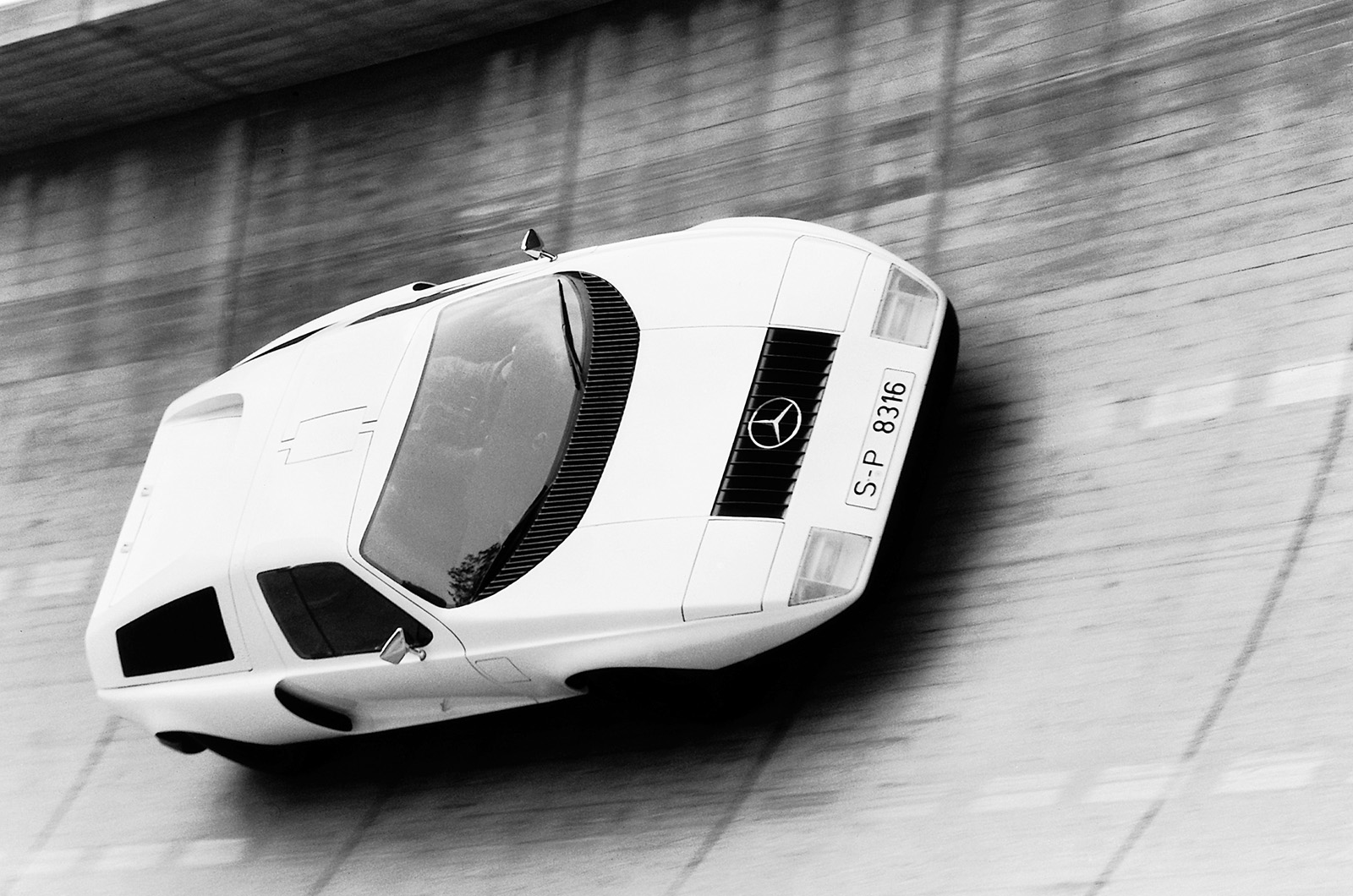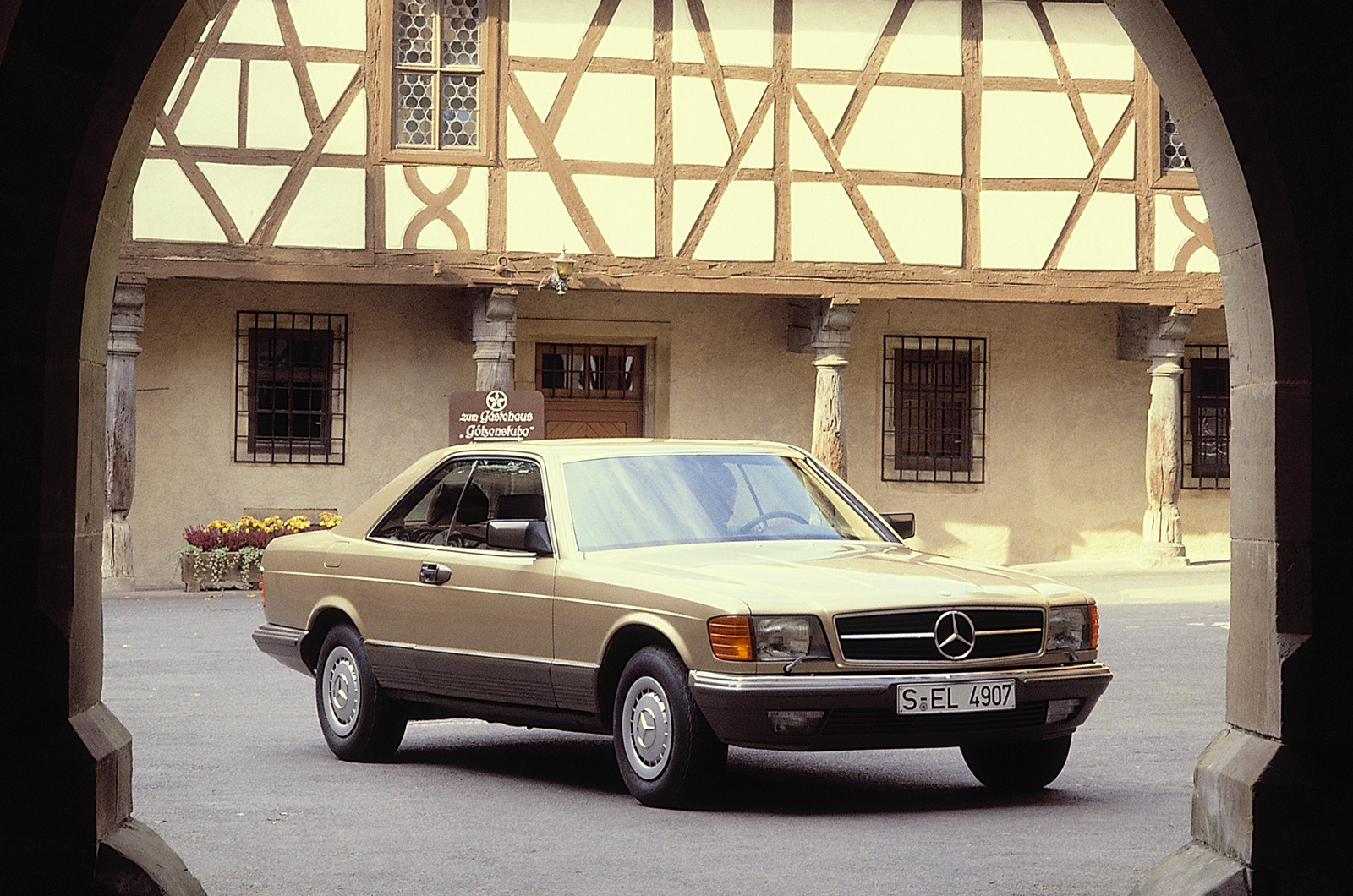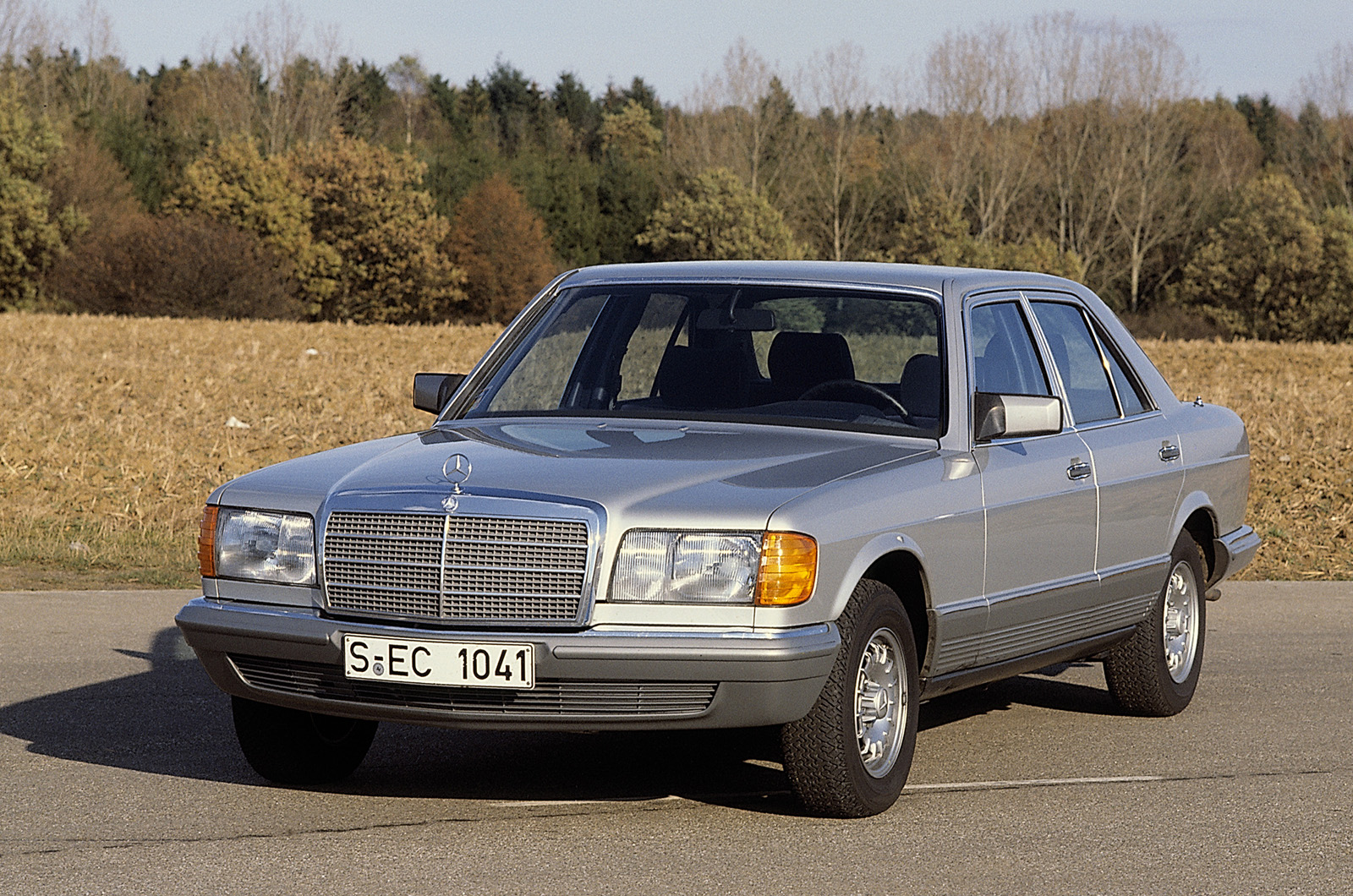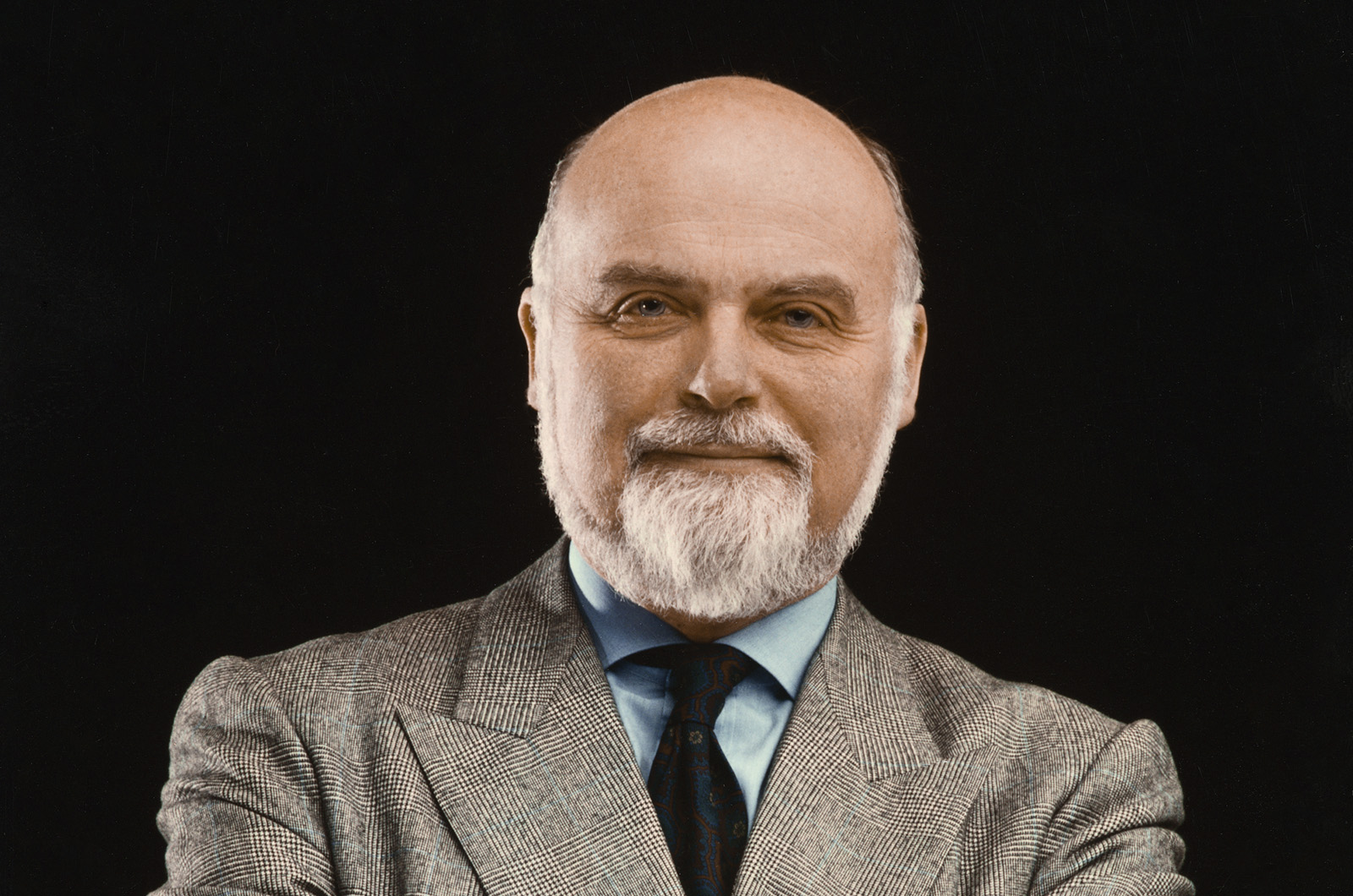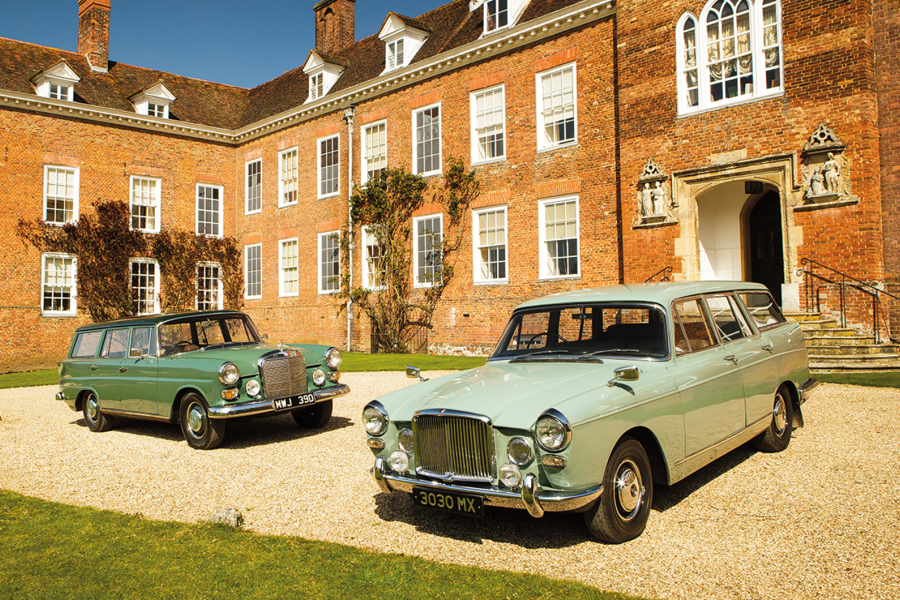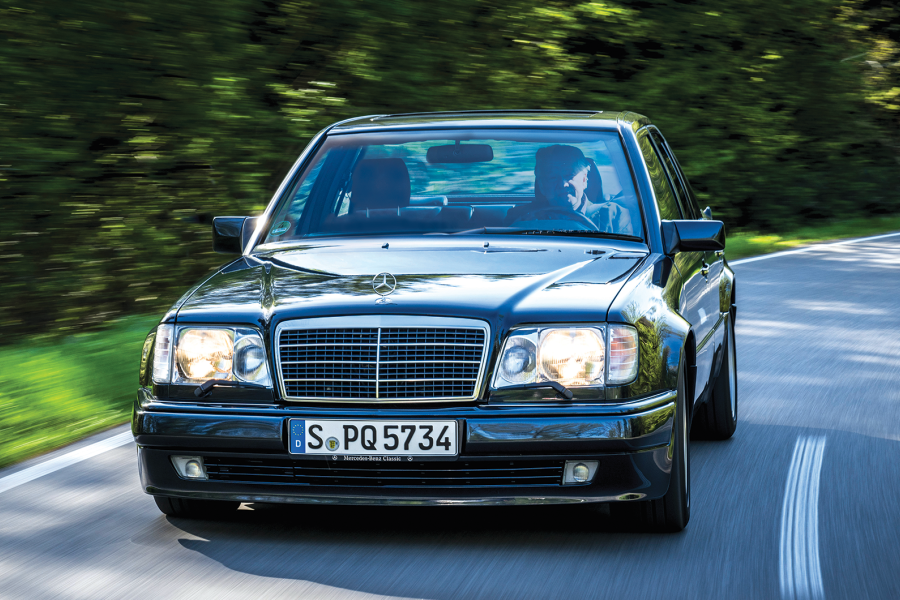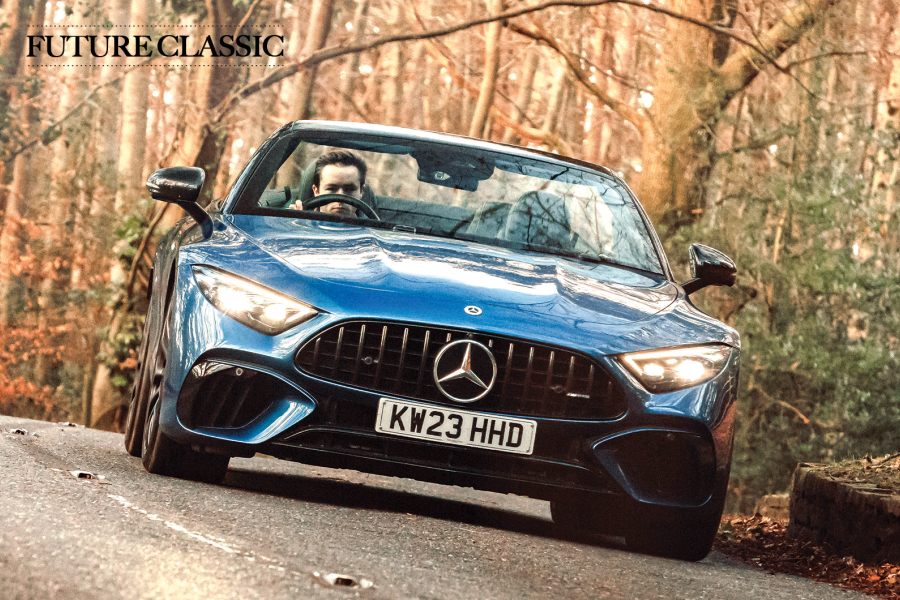
Bruno Sacco, arguably the most celebrated automotive bodywork designer of the latter part of the previous century and a hero in Mercedes-Benz circles, has died aged 90, having enjoyed a 25-year retirement.
Born in Udine, Italy, on 12 November 1933, Sacco was a Mercedes enthusiast even as a young boy and had enough of a general interest in all things German to learn the language early on.
However, it was the vision of an American car, a Studebaker Commander Regal driving through the streets of his home town, that inspired him to pursue his calling.
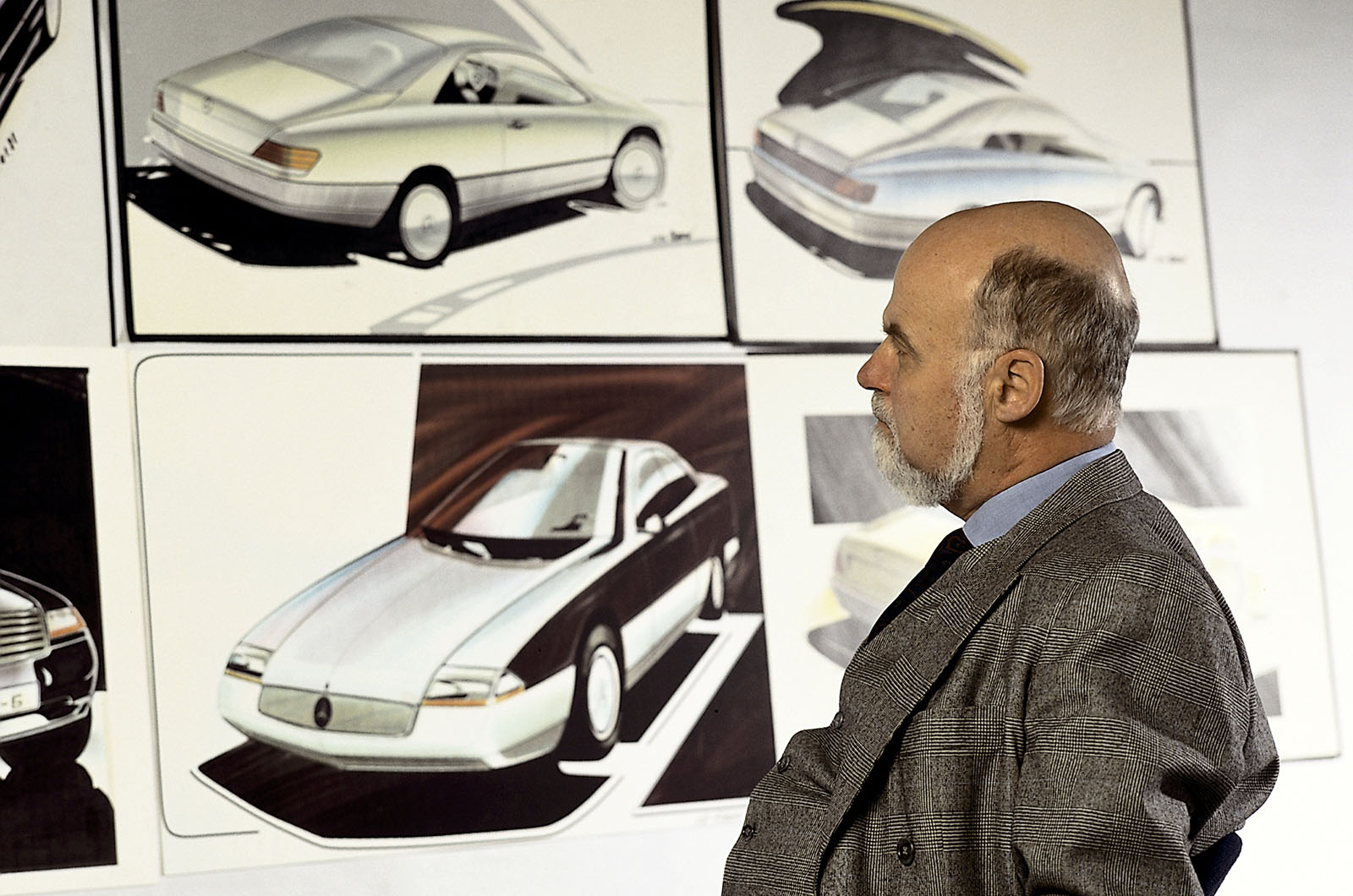
Bruno Sacco worked at Mercedes-Benz from 1958-’99
He first trained as a surveyor, but studied engineering in Turin before undertaking short stints at both Ghia and Pininfarina.
However, after a meeting with Mercedes’ chief body development engineer, Karl Wilfert, in 1957, Sacco’s story with Mercedes-Benz began and he arrived in Stuttgart for his first official day as an employee on 13 January 1958.
He worked first under Wilfert, then safety pioneer Béla Barényi, and assisted Paul Bracq on the W113 230SL Pagoda and the W100 600; he is known to have disliked the latter and refused to talk about it.

